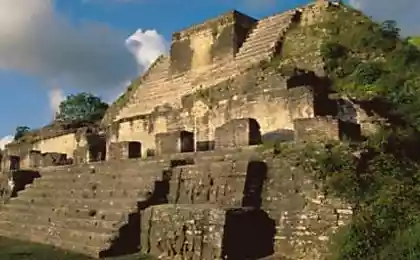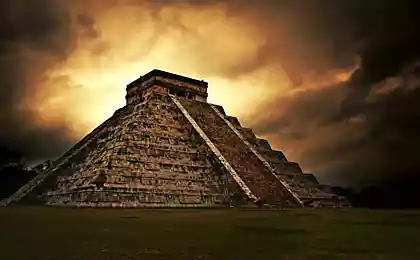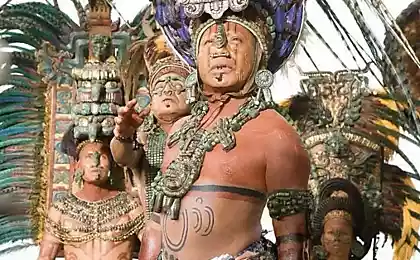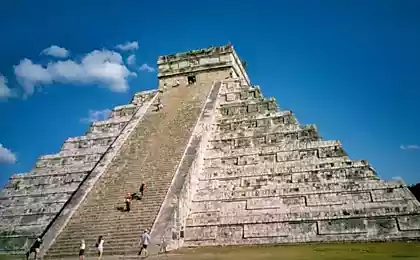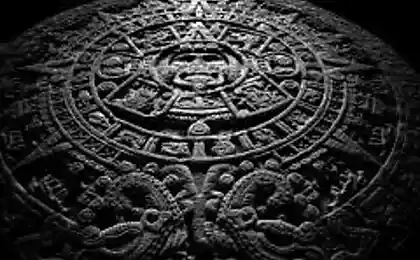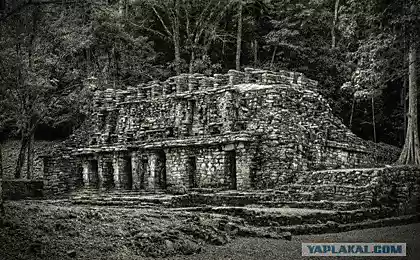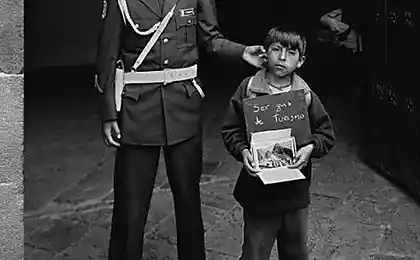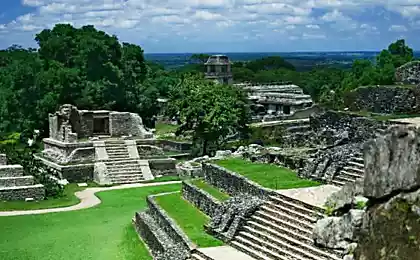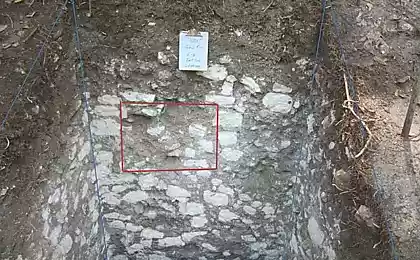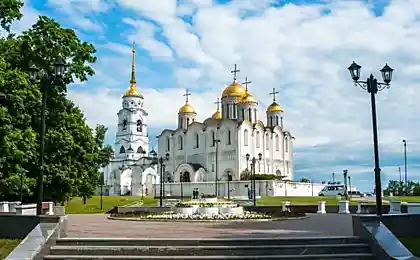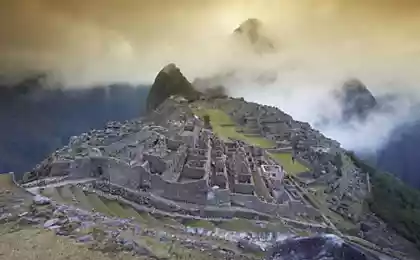453
In Guatemala investigated the Council house Maya
The building, which held almost all political and religious ceremonies of the people of the Chakan Itza, decorated with columns and sculptures.
In Guatemala, at the settlement Nexton-CH ICH' (Department of Peten) archaeologists investigated the Council house of one of the Mayan – Chakan Itza. The building was used between 1300 and 1500 years or somewhat longer. The results of the study at the annual meeting of the Society of American archaeology in Austin (TX), told Timothy to Drink (Timothy Pugh), a Professor at Queens College (part of city University of new York).
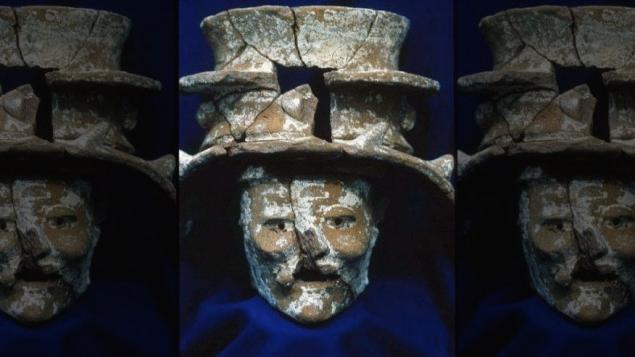
The Council house has a size of about 50 by 50 meters. It included two halls with columns. The premises were decorated with sculptures of reptiles, parrots and turtles. The building also open two altars, sculpted images.
The Council house was the meeting place, there was worshipped by the gods, was the unions that went to the justice and committed marriage. "In fact, almost every political or religious ceremony was to be held there," says Timothy Drink.
From the findings it highlights the incense burner, made in the form of the head Itzamna, one of the Supreme deities. Itzamna in the view of the Maya was the Creator of the world, of literature and of the priesthood, the Lord of heaven and patron of the Maya rulers. Some incense burners made in the form of seedlings of cotton wood (Ceiba), which was of great importance for the Maya. Today this tree is considered to be one of the symbols of Guatemala.
Shortly after 1500, the Chakan Itza decided to move his center of power: the Maya did it periodically and purposefully. Then they destroyed a house of the Council. "They typically performed the ceremony, which would neutralize the power of the place," says the Professor. Maya destroyed the altars, and then covered the building with plenty of land.
The Spanish conquered the petén region in the late XVII century. Many people Itzá was killed in the war, others from European diseases to which Indians had no immunity. However Itza, along with other Maya peoples survived and continue to live today. Many people of the people now speak Spanish, but a small part of the population still uses the language of the ICA.
Source: nkj.ru
In Guatemala, at the settlement Nexton-CH ICH' (Department of Peten) archaeologists investigated the Council house of one of the Mayan – Chakan Itza. The building was used between 1300 and 1500 years or somewhat longer. The results of the study at the annual meeting of the Society of American archaeology in Austin (TX), told Timothy to Drink (Timothy Pugh), a Professor at Queens College (part of city University of new York).

The Council house has a size of about 50 by 50 meters. It included two halls with columns. The premises were decorated with sculptures of reptiles, parrots and turtles. The building also open two altars, sculpted images.
The Council house was the meeting place, there was worshipped by the gods, was the unions that went to the justice and committed marriage. "In fact, almost every political or religious ceremony was to be held there," says Timothy Drink.
From the findings it highlights the incense burner, made in the form of the head Itzamna, one of the Supreme deities. Itzamna in the view of the Maya was the Creator of the world, of literature and of the priesthood, the Lord of heaven and patron of the Maya rulers. Some incense burners made in the form of seedlings of cotton wood (Ceiba), which was of great importance for the Maya. Today this tree is considered to be one of the symbols of Guatemala.
Shortly after 1500, the Chakan Itza decided to move his center of power: the Maya did it periodically and purposefully. Then they destroyed a house of the Council. "They typically performed the ceremony, which would neutralize the power of the place," says the Professor. Maya destroyed the altars, and then covered the building with plenty of land.
The Spanish conquered the petén region in the late XVII century. Many people Itzá was killed in the war, others from European diseases to which Indians had no immunity. However Itza, along with other Maya peoples survived and continue to live today. Many people of the people now speak Spanish, but a small part of the population still uses the language of the ICA.
Source: nkj.ru
